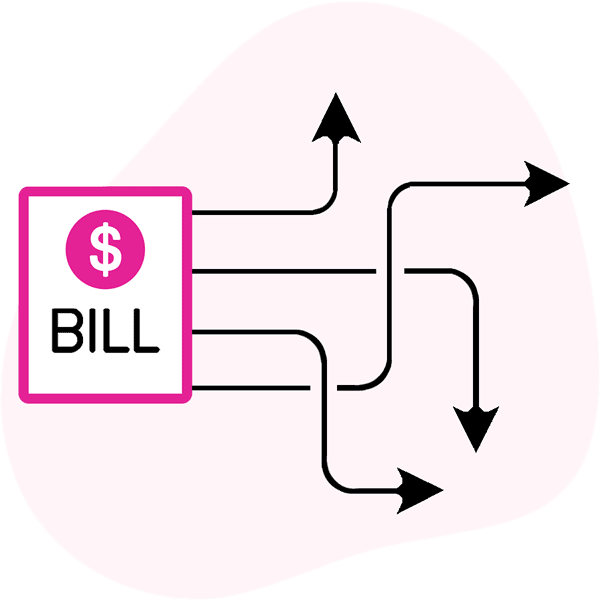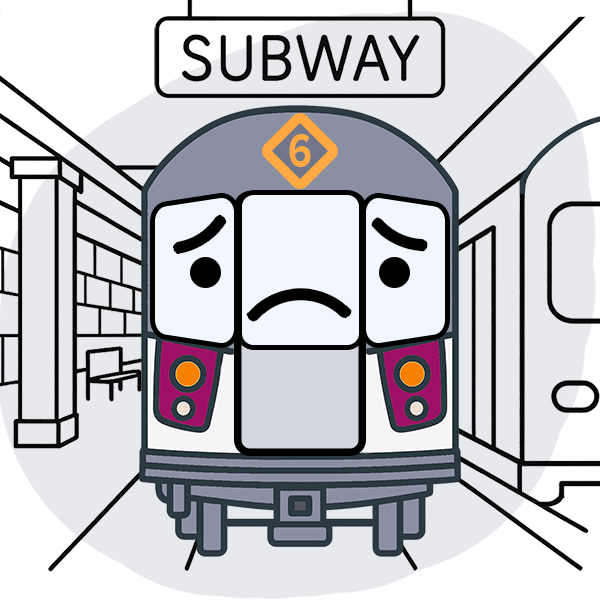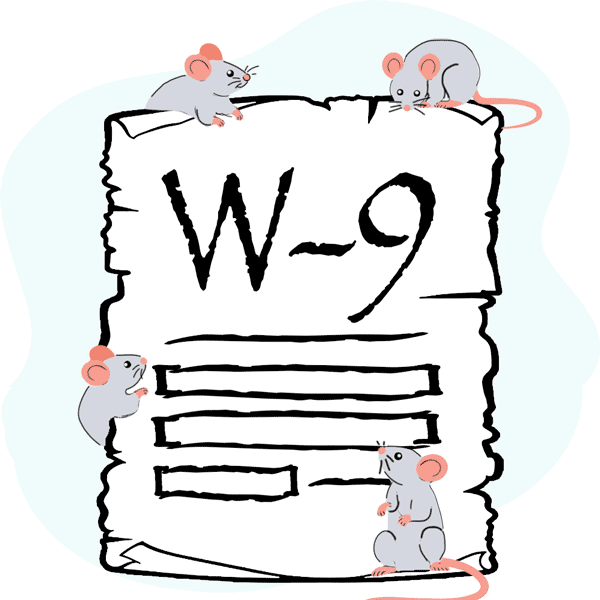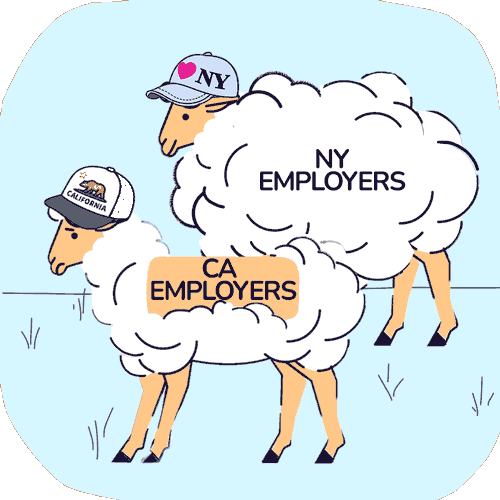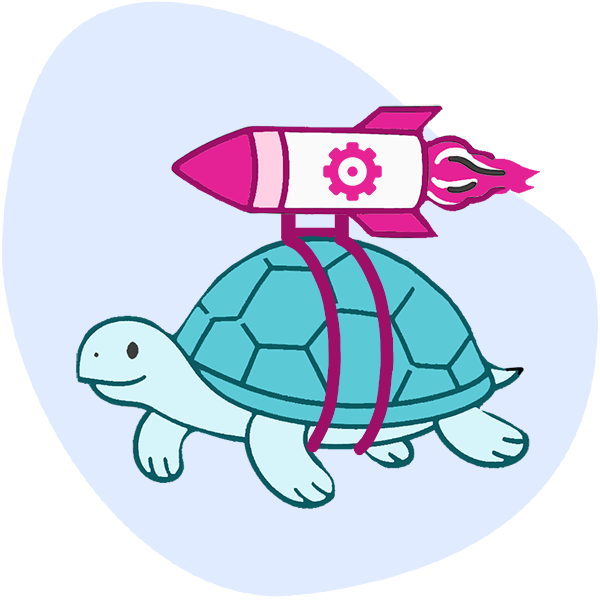NY: It’s the Final Countdown (to Mandatory e-Billing)
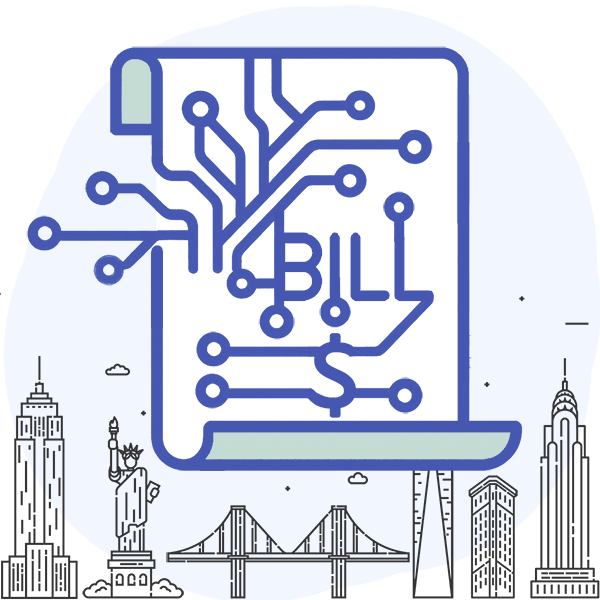
We’re only days away from a momentous change to New York workers’ comp. Effective August 1, 2025, all providers must bill for injured workers’ treatment electronically (aka, e-billing).
Providers must e-bill through one of six ‘Electronic Submission Partners’ that meet the Workers’ Compensation Board (WCB)’s performance standards. Through their Submission Partner, providers must deliver:
- The e-bill and narrative attachment to the payer, and
- The e-bill data, narrative attachment, and payer’s acknowledgement of having received the e-bill to the WCB in the mandatory Extensible Markup Language (XML) format
If your practice treats injured workers, the best time to choose your Electronic Submission Partner and get started was months ago. The second-best time is now.
daisyBill and our team of experts are ready and willing to help any New York provider make the transition, and are happy to answer questions and share our insights regardless of which Electronic Submission Partner you choose.
Below, brush up on some of the most essential facts about e-billing for workers’ comp—and make sure you’re clear on everything you need to know before August 1.
1. No Exceptions for Practice Size
The WCB’s mandate that all providers bill electronically is universal.
Unlike in some states with mandatory e-billing, there are no exceptions for smaller practices or practices that only treat a small number of injured workers. If you treat even a single injured worker and submit the bill on or after August 1, you must bill according to the new e-billing mandate.
Note that the August 1 deadline refers to the date you submit the bill, not the date of service. All workers’ comp bills must be electronic starting August 1, regardless of the date you rendered the care.
2. If You Continue Submitting Bills on Paper…
…you risk non-payment.
The payer is under no obligation to send reimbursement for a non-electronic bill after August 1.
Instead, the payer can send an Explanation of Review/Benefits (EOR/EOB) that indicates your practice sent the bill non-electronically. From there, you have 120 days from the date of service to resubmit the bill electronically for payment.
3. Use Approved Electronic Submission Partners ONLY (and the List Changes!)
Because of the technology and expertise XML transmission requires, the WCB holds Electronic Submission Partners to strict standards of technical proficiency.
Doctors may only partner with companies who meet those standards to submit e-bills on their practice’s behalf.
Eight companies previously qualified as WCB-approved Electronic Submission Partners; as of this writing, only six have maintained their approval. At a recent webinar, WCB representatives reported that they may approve other Submission Partners in the future.
Be sure to use a partner from this list to ensure compliance.
4. From July 28: No Need to Accept e-Billing Agreement On WCB Portal
From a recent WCB announcement:
“...the Board will soon be removing the requirement for providers to log into the Medical Portal and accept the “Agreement for electronic submission of CMS-1500” before working with a submission partner. This step will be removed as of July 28, 2025…
…providers who have not started the electronic submission process can simply contact a Board-approved electronic submission partner and arrange for electronic submission of the CMS-1500 form beginning July 28 and no later than August 1 when the mandate takes effect.”
Translation: starting on Monday, July 28, if you haven’t yet signed up for e-billing, you can skip the step of accepting the e-billing agreement on the WCB Medical Portal.
Instead, just contact one of the approved Electronic Submission Partners and get started.
5. Report Payers Who “Do Not Accept e-Bills”
Just as the e-billing requirement is mandatory for all providers, all payers must accept e-bills for workers’ comp treatment—no exceptions.
The WCB has heard reports from providers of payers who claim not to accept e-bills, violating the state mandate. The WCB asks providers to report any payer that refuses to accept e-bills by sending the WCB an email at CMS1500@wcb.ny.gov.
Additionally, payers must respond to providers’ e-bills with electronic Explanations of Review/Benefits (e-EORs/e-EOBs). These files automatically upload payment data to your e-billing system, saving your practice countless hours of manual work.
6. Offset e-Billing Costs With 99080
While e-billing saves time and money overall, e-billing technology comes at a cost.
To help practices offset this cost, the WCB allows every provider to bill the payer for the expense of submitting each bill electronically. Providers should put code 99080 in Box 24D of the CMS-1500, and charge a reimbursement amount that accurately reflects the cost per e-bill that your Electronic Submission Partner charges.
Note: the WCB has repeatedly stressed that if a payer refuses to reimburse 99080, providers should not submit HB-1 forms to dispute the non-payment. Instead, gather several examples of non-payment for 99080 and report the violations directly to the WCB.
Payers who fail to reimburse 99080 may be subject to WCB penalties.
7. Don’t Worry About Payer ID Numbers (That’s Your Submission Partner’s Job)
Several providers have queried the WCB asking if they need to keep track of the unique Payer ID numbers necessary to transmit e-bills to the correct payer.
The short answer: don’t sweat it—that’s your Electronic Submission Partner’s problem.
A reliable e-billing company should maintain a back-end database of Payer ID numbers that the payers’ clearinghouses assigned to each payer. Providers should never have to expend time and resources on the technical minutiae of e-bill transmission, including using the correct Payer ID.
8. The Risks of Using a Single Clearinghouse
While the six companies the WCB approved as Electronic Submission Partners have demonstrated their ability to transmit e-bills and XML files, they are not all equally equipped to deliver all of your e-bills.
In addition to having the correct Payer ID numbers, an e-billing agent must submit each e-bill through the correct, specific clearinghouse that the payer uses to accept (and respond to) e-bills on their behalf.
Here’s the rub: some of the six approved Electronic Submission Partners do not have direct electronic billing routes to all of the clearinghouses that the various payers use.
In fact, some of the approved Submission Partners are clearinghouses.
If you send all of your workers’ comp e-bills through any single clearinghouse, that clearinghouse may not be the clearinghouse the payer uses. In that case, your clearinghouse must reroute your e-bill to the correct clearinghouse using an indirect route, which can result in lost bills and documents and delayed payment.
Similarly, if you submit workers’ comp e-bills through a clearinghouse that is not an approved Electronic Submission Partner, that clearinghouse will have to work with an approved Electronic Submission Partner to deliver your e-bills—adding another layer of complexity and creating more opportunities for lost bills and delayed payment.
For a seamless transition to e-billing that includes complete training and expert guidance, consider daisyBill. For any questions about e-billing, contact our team using the chat icon on this page or email us at info@daisybill.com.
daisyBill is an approved Electronic Submission Partner—and we have the tech, connections, and expertise to make e-billing smooth sailing. Click below to learn more:
LEARN MORE
DaisyBill provides content as an insightful service to its readers and clients. It does not offer legal advice and cannot guarantee the accuracy or suitability of its content for a particular purpose.
